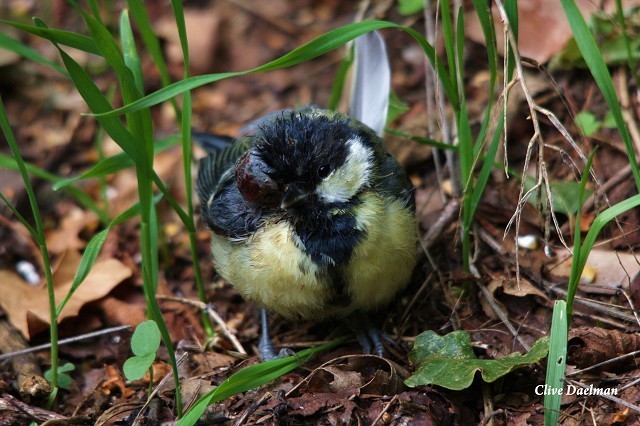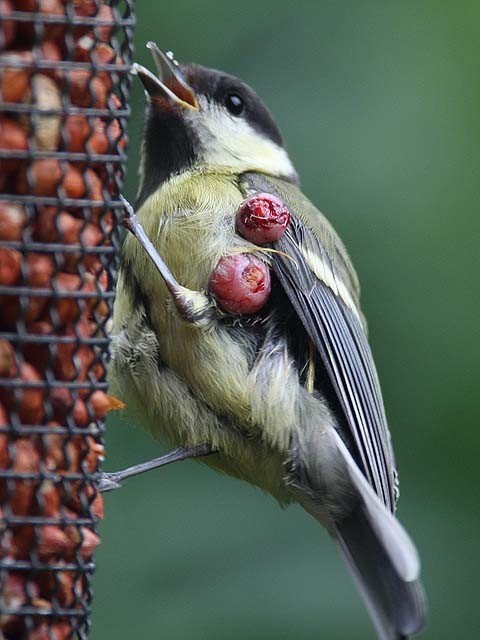Avian pox: public help needed
The public are being asked to report sightings of garden birds riddled with lesions as scientists reveal that avian pox is spreading across the UK. Avian pox has been recorded in bird species such as House Sparrows and Woodpigeons for a number of years, but its recent emergence in Great Tits is causing real concern as the birds develop more severe symptoms of the disease. Scientists from the Zoological Society of London (ZSL) and the University of Oxford recorded the first occurrence of the disease in Oxford last year. Prior to this, affected birds had most often been sighted in Surrey, Kent and Sussex. The researchers are now calling on the public to report sightings of garden birds with symptoms of avian pox to the RSPB Wildlife Enquiries Unit to help the research team track the spread of the disease.
Avian pox virus causes the disease avian pox, which leads to warty, tumour-like growths on different parts of a bird's body, particularly on the head around the eyes and beak. The disease can be relatively mild in some species, but Great Tits have been shown to suffer severe symptoms that can prevent them from feeding and may increase their susceptibility to predation. Wildlife Vet Dr Becki Lawson from ZSL said: "We now believe avian pox has spread as far north as Staffordshire. Public reports of sick birds are essential in helping us to track the disease and determine the wider impact it is having on our garden birds.

Great Tit, Redditch, Worcestershire (Photo: Mr Clive Daelman)
The virus is spread between birds by biting insects that carry the virus, direct contact with other birds, and indirect contact — possibly through contaminated bird feeders. Avian pox virus is not known to be infectious to humans or other mammals. Professor Ben Sheldon of the Edward Grey Institute at the University of Oxford said: "We have been studying Great Tits at Wytham Woods near Oxford since 1947 — the longest running study of its kind in the world — so we were very concerned when we first detected this disease in 2010. We're using our detailed observations to try to understand how this new form of pox affects survival and reproductive success."

Great Tit, Horley, Surrey (Photo: D)
Avian pox virus was first recorded in Great Tits in Scandinavia in the 1970s and has recently been seen in central Europe. Funded by NERC, the research team from ZSL and the University of Oxford are now undertaking molecular analysis of the virus to determine whether this new strain in Great Britain is the same as that seen on the continent.
More information on avian pox can be found here.
Sightings of birds displaying symptoms of avian pox should be reported online using this survey.
For advice on preventing the spread of disease in garden birds, see here.

